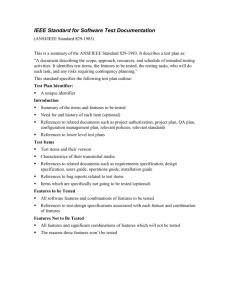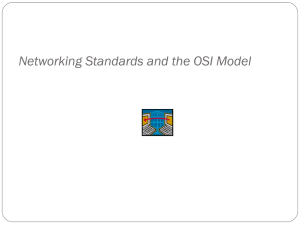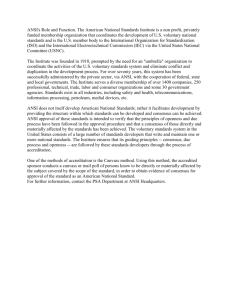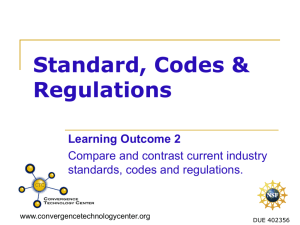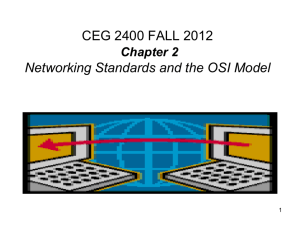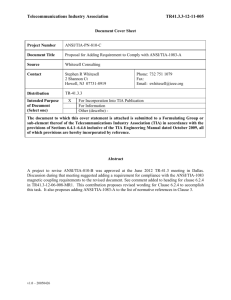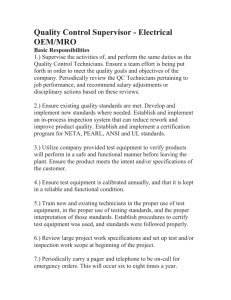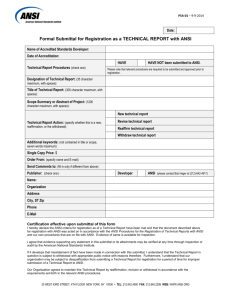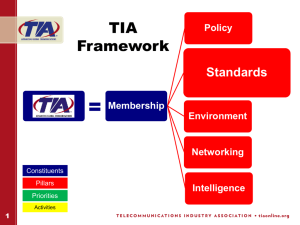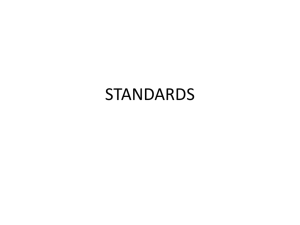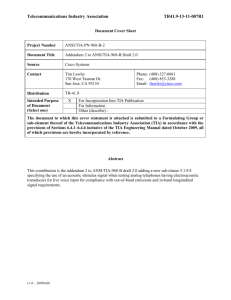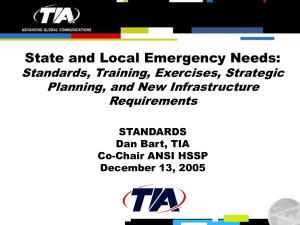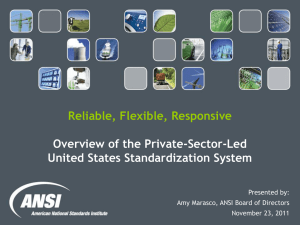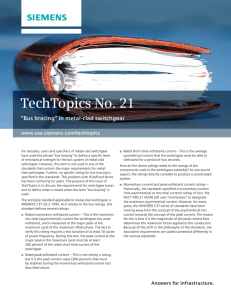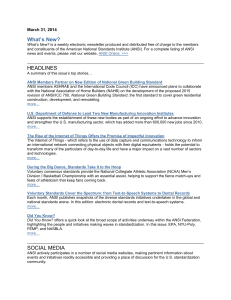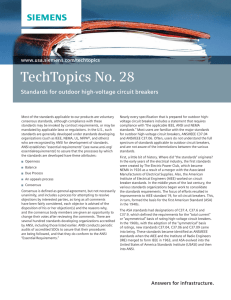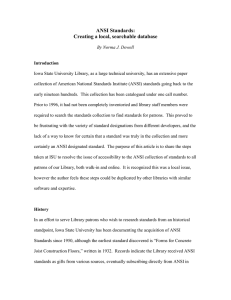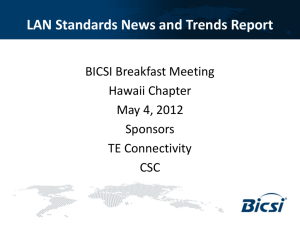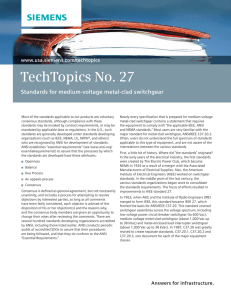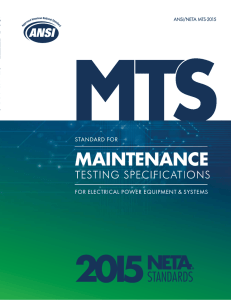Networking Standards
advertisement
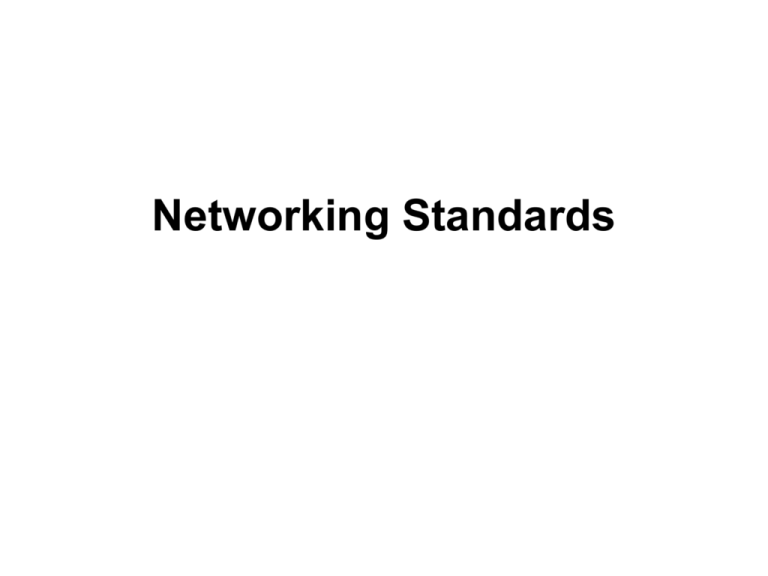
Networking Standards Objectives • Identify organizations that set standards for networking Networking Standards Organizations • Standards: documented agreements containing technical specifications or other precise criteria stipulating how particular products or services should be designed or performed – Define minimum acceptable performance • Many different organizations have evolved to oversee computer industry’s standards ANSI • American National Standards Institute (ANSI) – Composed of more than a thousand representatives from industry and government – Represents United States in setting international standards • ANSI standards documents available: – ANSI’s Web site (www.ansi.org) – At university or public libraries EIA and TIA • Electronic Industries Alliance (EIA): Trade organization composed of representatives from electronics manufacturing firms across US – Sets standards for its members – Helps write ANSI standards – Lobbies for legislation favorable to growth of computer and electronics industries • Telecommunications Industry Association (TIA): Focuses on standards for information technology (IT), wireless, satellite, fiber optics, and telephone equipment IEEE • Institute of Electrical and Electronics Engineers • International society composed of engineering professionals • Goals are to promote development and education in electrical engineering and computer science • IEEE technical papers and standards are highly respected in the networking profession – Can purchase IEEE documents online from IEEE’s Web site (www.ieee.org) ISO • International Organization for Standardization • Collection of organization standards representing 146 countries • Goal is to establish international technological standards to facilitate global exchange of information and barrier-free trade ITU • International Telecommunication Union • Regulates international telecommunications: – – – – Radio and TV frequencies Satellite and telephony specifications Networking infrastructure Tariffs applied to global communications • Typically, documents pertain more to global telecommunications issues than to industry technical specifications ISOC • Internet Society • Professional membership society that helps to establish technical standards for the Internet • Oversees groups with specific missions: – Internet Architecture Board (IAB): Technical advisory group of researchers and professionals • Interested in overseeing Internet’s design and management – Internet Engineering Task Force (IETF): Sets standards for how systems communicate over the Internet • How protocols operate and interact IANA and ICANN • Internet Protocol (IP) addresses: Addresses used to identify computers on the Internet and other TCP/IP-based networks • Internet Assigned Numbers Authority (IANA): Used to keep records of available and reserved IP addresses and determines how addresses were doled out – In 1997, coordinated efforts with three Regional Internet Registries (RIRs) • Not-for-profit agency that manages distribution of IP addresses to private and public entities IANA and ICANN (continued) • In late 1990s U.S. Department of Commerce (DOC) overhauled IP addressing and domain name management • Internet Corporation for Assigned Names and Numbers (ICANN): Ultimately responsible for IP addressing and domain name management – IANA still performs system administration • Individuals and businesses lease addresses from Internet Service Provider (ISP) – Business providing access to Internet and other services Summary • Standards are documented agreements containing precise criteria that are used as guidelines to ensure that materials, products, processes, and services suit their purpose
